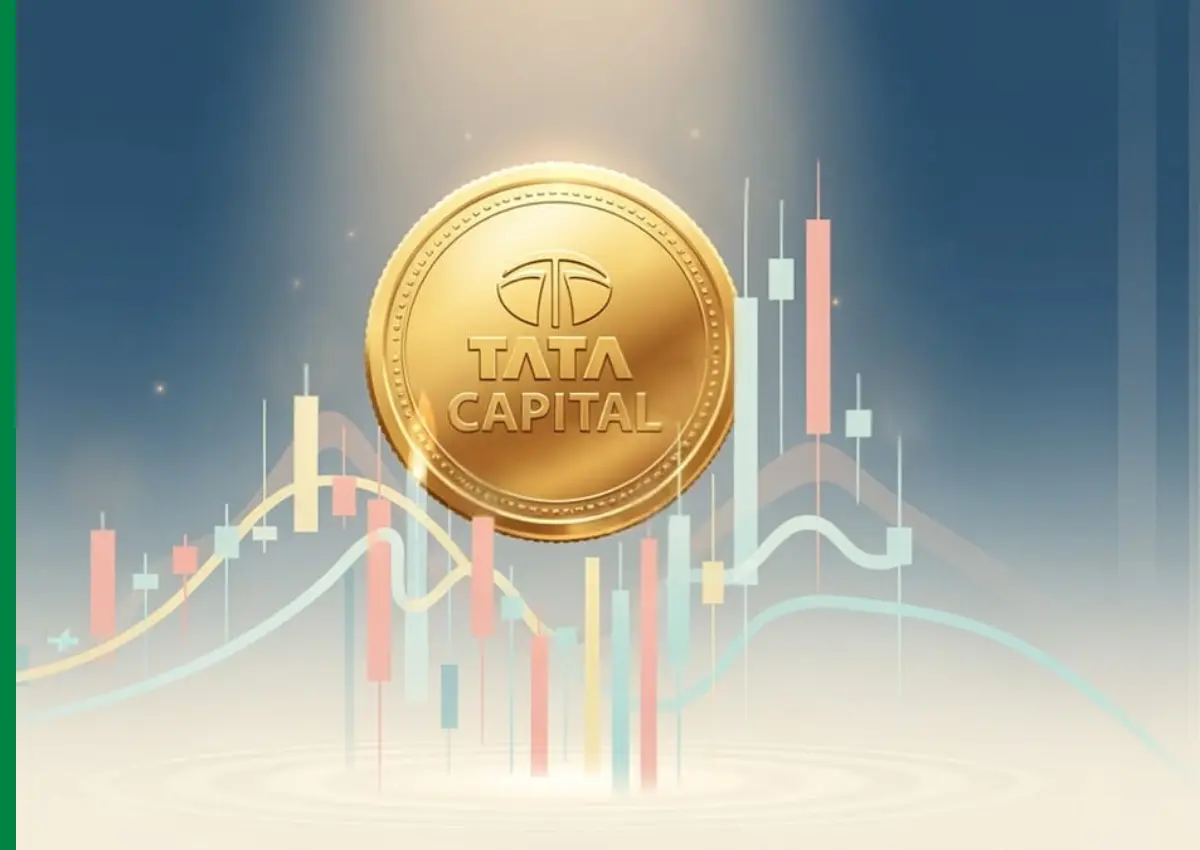SpaceX stands as one of the most exceptional companies ever to transform an entire industry through its sudden and extensive impact during its brief history since 2002. Launched by Elon Musk in 2002, SpaceX embarked on its mission to establish space settlements for humanity while simultaneously developing from an almost-failed startup to dominate space-launch operations.

This exceptional journey through 2025 demands analysis of a company that survived near bankruptcy but now launches rockets with speeds surpassing national capabilities.
SpaceX – Humble beginnings and early struggles
The beginning of SpaceX tells a predictable tale of modern entrepreneurship through visionary risk-taking followed by failure near the brink but ultimately ending instead with fast persistence. In 2002, when Elon Musk started the company, the space industry remained under the control of government agencies and legacy aerospace contractors who had accumulated decades of space industry experience. Observers during that time found it hard to believe that a fresh private company might challenge the existing space industry standards.
The first few years of operation carried destructive challenges. SpaceX encountered a real threat to its survival after three unsuccessful launches of the Falcon 1 rocket.
The company reached financial exhaustion in 2008 as Tesla and SolarCity also suffered setbacks. Spending its resources down to the last ounce,SpaceX had its last shot at success in Falcon 1 flight 4 because victory preserved the company but another missed mark would extinguish the future of SpaceX.
The September 2008 spacecraft launch success at SpaceX not only achieved the first orbital flight for the company but also established a milestone in private space flight history. The timing turned out lucky since NASA gave SpaceX a $1.6 billion Commercial Resupply Services contract rightafter, which provided essentialfunds, enabling the company to quicken work on the Falcon 9 rocket and Dragon spacecraft development.
The Reusability Revolution
The true space revolution produced by SpaceX emerged from its relentless effort to build reusable space technologies. The standard approach in rocket design treated the initial stage rockets as waste since they represented the most expensive component of flight vehicles. SpaceX challenged this fundamental assumption.
SpaceX accomplished its first-ever successful Falcon 9 first-stage touchdown after devoting numerous trial-and-error tests along with multiple debacle flights before success in December 2015.
The achievement of landing an orbital rocket twice followed the first successful reflight of a used orbital rocket in 2017. The transformation of space access economics occurred through what seemed like an impossible achievement only a few years ago.
This breakthrough innovation creates an enormous effect on the industry. The number of SpaceX rocket landings and reuses reached over 330 before early 2025.
One exceptional booster achieved the record-breaking status of operating 26 times. The ability to reuse rockets has enabled SpaceX to boost its launch operations tremendously and reduceprices, thus opening space exploration to a wider audience.
SpaceX: From Setbacks to Dominance
SpaceX encountered numerous major difficulties in its development history. The company demonstrated its strength by enduring two major rocket failures that occurred in June 2015 with CRS-7 and September 2016 with AMOS-6. The company faced these failures, which could design and create new operational workflow.
Due to its successful businessgrowth, SpaceX gained 45 percent of the entire commercial launch sector by 2017. The company executed 100 launches with a total revenue value of $12 billion during its early 2018 time period.
SpaceX initiated the deployment of its ambitious satellite constellation under the Starlink name in 2019, which developed into the main source of revenue for the company. NASA reached another significant milestone during 2019 when SpaceX’s Dragon 2 capsule started ferrying astronauts to theInternational Space Station, thus stoppingNASA’s need for RussianSoyuz crew transport.
Unprecedented Scale and Frequency
The launch schedule maintained by SpaceX demonstrates its dominant position in the space market more than any other piece of evidence. SpaceX established new standards during 2022 and 2023 by performing 60 and 96 successful launches respectively and reached an unprecedented 133 successful launches in 2024, which equated to launches performed more than once every three-day period.
Orbital launches worldwide were overwhelmingly performed by SpaceX, more than a majority of all missions compared to all other nations space programs combined. The Falcon family from SpaceX maintains an exceptional track record in terms of reliability. The Falcon 9 family achieved 99.35% success in 463 launches until March 2025 yet suffered three complete failures and one partial failure. Falcon program development has led to continuous improvement until the Block 5 variant became the latest version,which launched in 2018.
Through uniting a strengthened central core with two Falcon 9 first-stage boosters as side entered the heavy-lift launch capabilities domain. planned missions, such as DART and Hera to Didymos asteroid and Psyche to 16 Psycheasteroid, in addition to the forthcoming Europa Clipper exploration of Jupiter’s moon, possible thanks to this advancement.
Beyond Earth Orbit: The Starship Era
SpaceX dedicates its current focus to developing Starship,which will become the largest launch vehicle ever built despite the ongoing success of the Falcon program. Starship functions as a fully reusable system that combines every rocket-building and reusability lesson SpaceX has achieved.
NASA validated Starship HLS as the core lunar landing system for the Artemis program when they chose it in April 2021 for the human mission to return to the Moon. SpaceX continues developing Starship to advance space access through reduced launch expenses by a further order of magnitude.
A New Headquarters and New Horizons
The relocation of SpaceX from California to the Starbase development site near Brownsville,Texas, marks a crucial period for company advancement. The entrepreneurial phase of SpaceX is over since the company has transformed into an industry leader who determines the speed of space development.
SpaceX’s innovations encompass rocket development but also cover the production of astronauts’ suits as well as “Polaris” astronaut training and carbon dioxide removal efforts in environmental projects. Since2012, the company’s financialvalue has increased dramatically from $1.3 billion to $127 billion because of multiple successful fundraising events.
Final thoughts
SpaceX achieved its most influential milestone by changing humanity’s belief system about what can manifest in space exploration. The launch cost reduction combined with enhanced orbital accessibility through SpaceX enables numerous new space companies to launch operations while enabling additional space missions.
Crushing setbacks at launch attempt four led a startup to transform into the world’s leading launchprovider, which now conducts over 130 annual flights to become one of modern history’s all-time greatest industrial metamorphoses. SpaceX drives human interplanetary progress through its unstoppable innovation as it pushes beyond conventional limits.
The company SpaceX changed our access to space while changing how society looks at private economic potential in space exploration in less than twenty-five years. Further development of Starship and expanded distance-seeking missions will likely reveal SpaceX’s ultimate space exploration achievements.



